Chronic foot and ankle pain may be symptoms of gait deficiencies or untreated injuries. Accurate diagnosis is key to resolving pain and restoring function. You don’t have to live with pain. At NYDNRehab, we treat feet!
or

The human foot/heel/ankle complex integrates an amazing group of muscles, bones, nerves and connective tissue that can withstand and generate enormous force loads and provide balance and stability for the entire body. Given the stress this region is subjected to on a daily basis, it is no wonder that pain and injury sometimes occur.
Foot and ankle pain is often the result of mechanical deficiencies in gait, caused by muscle imbalances and weakness.
Many things can contribute to foot, heel and ankle pain and injury:









In most cases, the solution to resolving foot and ankle pain lies in physical therapy aimed at resolving the underlying causes.
While injuries to the foot and ankle complex sometimes occur from an acute traumatic injury, they are more likely to result from repetitive overuse during standing, walking, running or jumping.
Common types of foot and ankle pain and injury include:

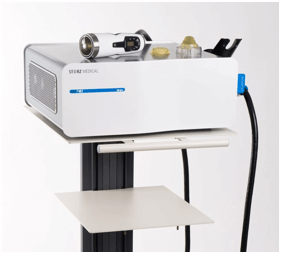
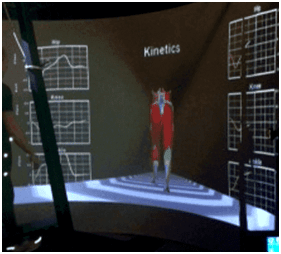
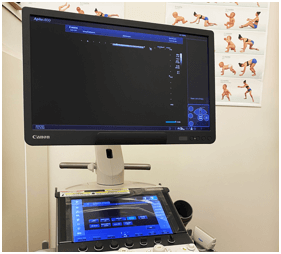
Because of the complexity of the structures of the foot, accurate diagnosis is key to fast and effective treatment. Foot and ankle pain is often misdiagnosed, costing the patient time and money without finding relief. While a clinical exam and medical history are part of any diagnostic session, failure to rule out uncommon or complex issues can slow healing and even lead to more pain. At NYDNR, we use diagnostic ultrasound to view the structures of the foot, heel and ankle in motion, in real time.
This enables us to see how the various structures interact while moving so we can pinpoint the specific source of pain. Our clinical director, Dr. Kalika, is an expert clinician trained and certified in diagnostic ultrasonography.
Traditional treatment approaches for foot pain often include steroid injections, orthotic shoe inserts and over-the-counter analgesics. However, treatment methods that focus primarily on pain management often fail to correct the underlying dysfunction that led to pain and injury in the first place.
At NYDNR, we take a multi-modal approach to foot pain treatment that combines a variety of innovative treatment methods,
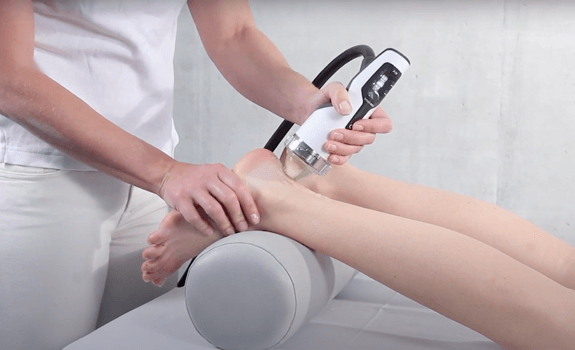
High frequency shock waves have been proven effective for speeding up healing and promoting new tissue growth in tendons and muscles with a limited or impaired blood supply. Shockwave therapy is painless, non-invasive and fast.
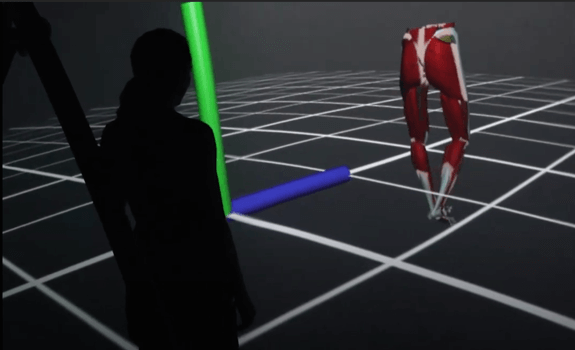
Mechanical deficiencies in walking or running gait can lead to foot, ankle, knee, hip and back pain. We use 3D motion capture video and force plate technology to measure joint angles and forces acting on the body during walking and running. We then use virtual feedback to correct deficiencies and retrain your gait to improve efficiency and prevent injury.
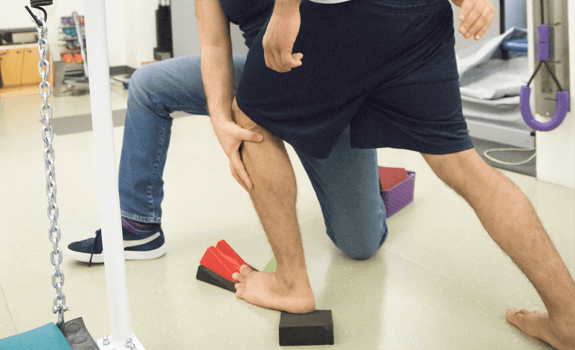
Imbalances in muscle tension at any point in the lower body can interfere with foot and ankle movement and lead to pain and injury. Through strengthening and stretching exercises that target the specific needs of the individual patient, we are able to restore balance and reduce wear and tear on the structures of the feet and ankles.
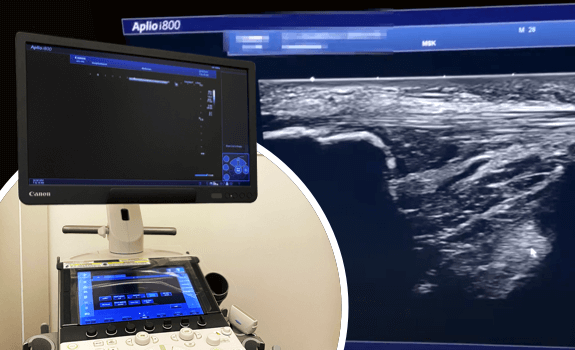
Not only is ultrasound an accurate diagnostic tool, it also helps us monitor the rate and degree of healing, ensuring that our treatment plan is effective. The ability to monitor the body’s structures in motion, in real time, makes ultrasound an invaluable tool in our rehabilitation toolbox.

At NYDNR, all treatment plans are individualized, based on sophisticated diagnostic results. Our goal in treatment is to restore optimal function, so you can walk, run, jump and play with pain-free confidence and low risk of re-injury.
I have been a fan of this guy for years and he finally gave his first lecture in English, in London. Dr.Carles Pedret is a world-class medical consultant for muscle injuries in soccer players, tennis players and Olympic sprinters. He is called upon by EPl, Ligue One and LaLiga teams to asses when elite athletes like Messi , Ronaldo or Bale can safely return to the playing field after injury. Dr. Pedret reminds us that the most brilliant people are often the humblest. It was a great experience learning to combine MRI , ultrasonography and advanced functional technology to estimate and provide optimal treatment.
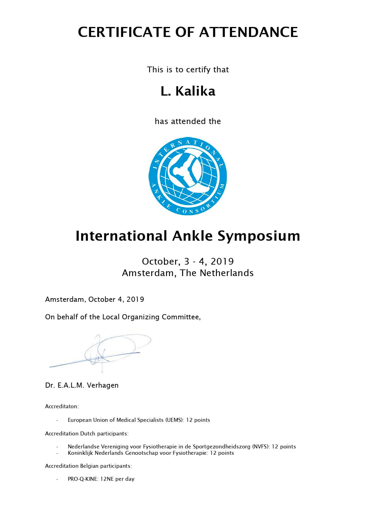

Dr.Kalika revolutionized foot and ankle care by using high resolution diagnostic ultrasonography for structural diagnosis, combined with with gait and motion analysis technology. Dr.Kalika’s motion and gait analysis lab is the only private lab in the US that features research-grade technology found only at top research universities, made available to patients in his private clinic.
 Dr. Yuri Brosgol
MD
Dr. Yuri Brosgol
MD
 Dr. Michael Goynatsky
DPT
Dr. Michael Goynatsky
DPT
 Dr. Daniela Escudero
DPT
Dr. Daniela Escudero
DPT
 Dr. Michelle Agyakwah
DC
Dr. Michelle Agyakwah
DC
 Dr. Tatyana Kapustina
L. Ac.
Dr. Tatyana Kapustina
L. Ac.
The human foot design is unique in the animal world. From the evolutionary standpoint human foot is a highly innovative anatomical structure that had developed to serve as the main weight receptor of the newly achieved bipedal support base. It evolved to be the most durable anatomical formation in the entire human body. Aside from the time of infancy when the body is horizontally aligned, the foots intricate structures provide, in conjunction with the ankle bones and powerful connective ligaments, the perfect biomechanical apparatus for ambulation or bipedal locomotion. Read more
Many people deal with heel pain on a regular basis. Although there are many different causes of heel pain, plantar fasciitis is the most common cause. Plantar fasciitis results when the plantar fascia, or the ligaments that connect the heel to the bones in the foot and provide support to the arch, become strained. A strained plantar fascia causes weakness, swelling, and inflammation as well as thickening, which leads to a great deal of pain. Plantar fasciitis occurs most often in individuals 35 and over, however, those who regularly participate in activities that requires a great deal of standing, or runners, might experience this condition way in advance of middle age. Read more
Typically plantar fasciitis is pain in the heel, especially during the initial few steps after waking up. Some other symptoms are: sensitivity and tightness in the heel or the he arch while walking or running.
Patients who suffer from this condition still use old medical terminology, which is no longer used by medical professionals. It was believed previously that heel pain is caused by formation of heel spur. However, this has been disproved a long time ago. Since it is visually appealing for patients to imagine that they step on a sharp bony outgrows, patients still believe that the heel spur is what is causing their heel pain. Read more
Every day 25,000 people sprain their ankle and more than 1 million people a year visit the emergency room due to an ankle injury. Although half of all ankle sprains are caused by athletic activity ankle injuries can happen to anyone at any age not just athletes or weekend warriors. There are different kinds of ankle injuries including sprain, ankle strain, and ankle fracture. Read more
Ankle instability is a common issue for many people. They may be athletes like basketball players who have stretched their ligaments with regular athletics, or they may be people who discovered their weak ankles aren’t supporting new activities like walking on broken New York sidewalks, or uneven trails. This may be a result of use, limber ligaments, or heredity. This can lead to a lack of support on the foot and high risk of an ankle sprain. For many cases, there are a number of nonsurgical treatments for ankle sprain here at NY Dynamic Neuromuscular Rehabilitation. In extreme cases, surgery may be required. The purpose of rehabilitation exercises within the ankle sprain treatment is to improve muscle strength, range of movement, and sensorimotor control, which are commonly impaired after ankle sprain. Read more
Dr. Lev Kalika is a world-recognized expert in musculoskeletal medicine. with 20+ years of clinical experience in diagnostic musculoskeletal ultrasonography, rehabilitative sports medicine and conservative orthopedics. In addition to operating his clinical practice in Manhattan, he regularly publishes peer-reviewed research on ultrasound-guided therapies and procedures. He serves as a peer reviewer for Springer Nature.
Dr. Kalika is an esteemed member of multiple professional organizations, including: